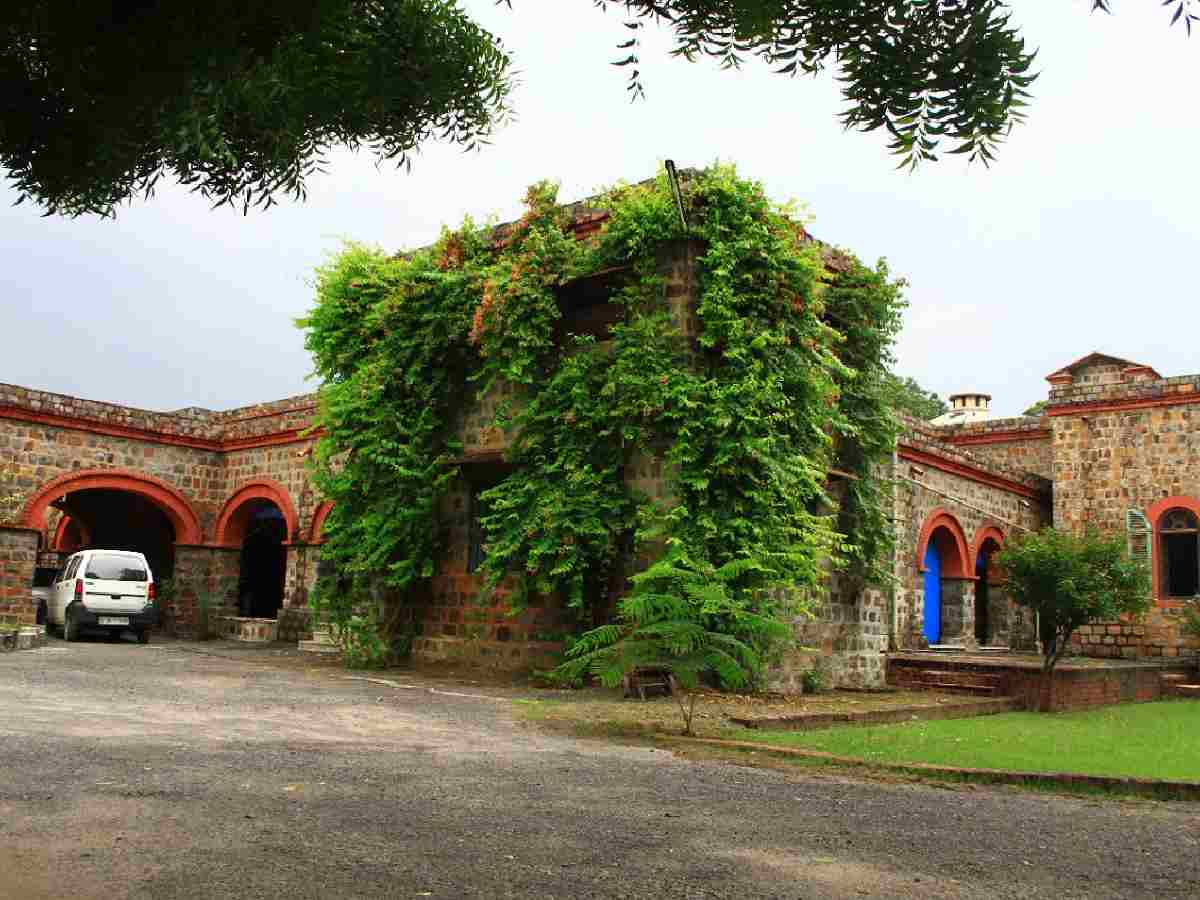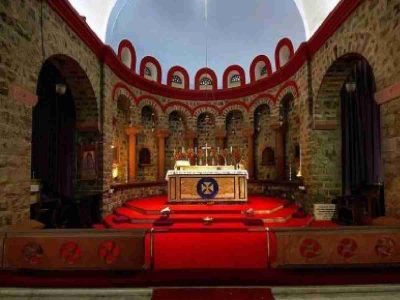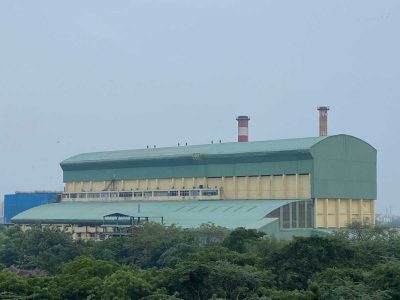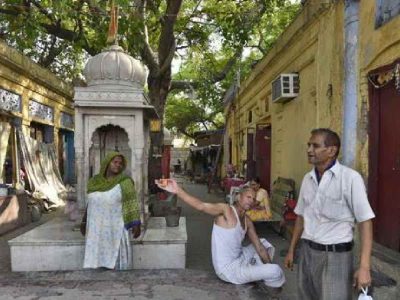Nestled amid manicured lawns and towering trees in Delhi’s Civil Lines, Brotherhood House is easy to miss—but impossible to forget. A few minutes’ walk from the Civil Lines Metro Station, and just around the corner from Raj Niwas—the official residence of the Lieutenant Governor—this colonial-era building seems to belong to another time. Its arched ceilings and timeworn walls whisper stories of the past, while the chirp of birds and rustle of leaves create a rare pocket of calm in a city constantly in motion.
This quiet retreat, now celebrating its centenary year, is the headquarters of the Delhi Brotherhood Society (DBS)—an institution that has touched thousands of lives across a century of spiritual work, education, and relief efforts.
A link to the British monarchy
Over the decades, Brotherhood House has hosted more than just local communities. Britain’s King Charles III and the late Queen Elizabeth II have both maintained ties with the Delhi Brotherhood Society, visiting centres associated with it.
During his 1997 visit to Delhi, then Prince Charles spent time at the St John Vocational Centre in Tahirpur, a DBS initiative that trains young people from underprivileged backgrounds in trades like air-conditioning repair, motor mechanics, carpentry, beautician training, and tailoring.
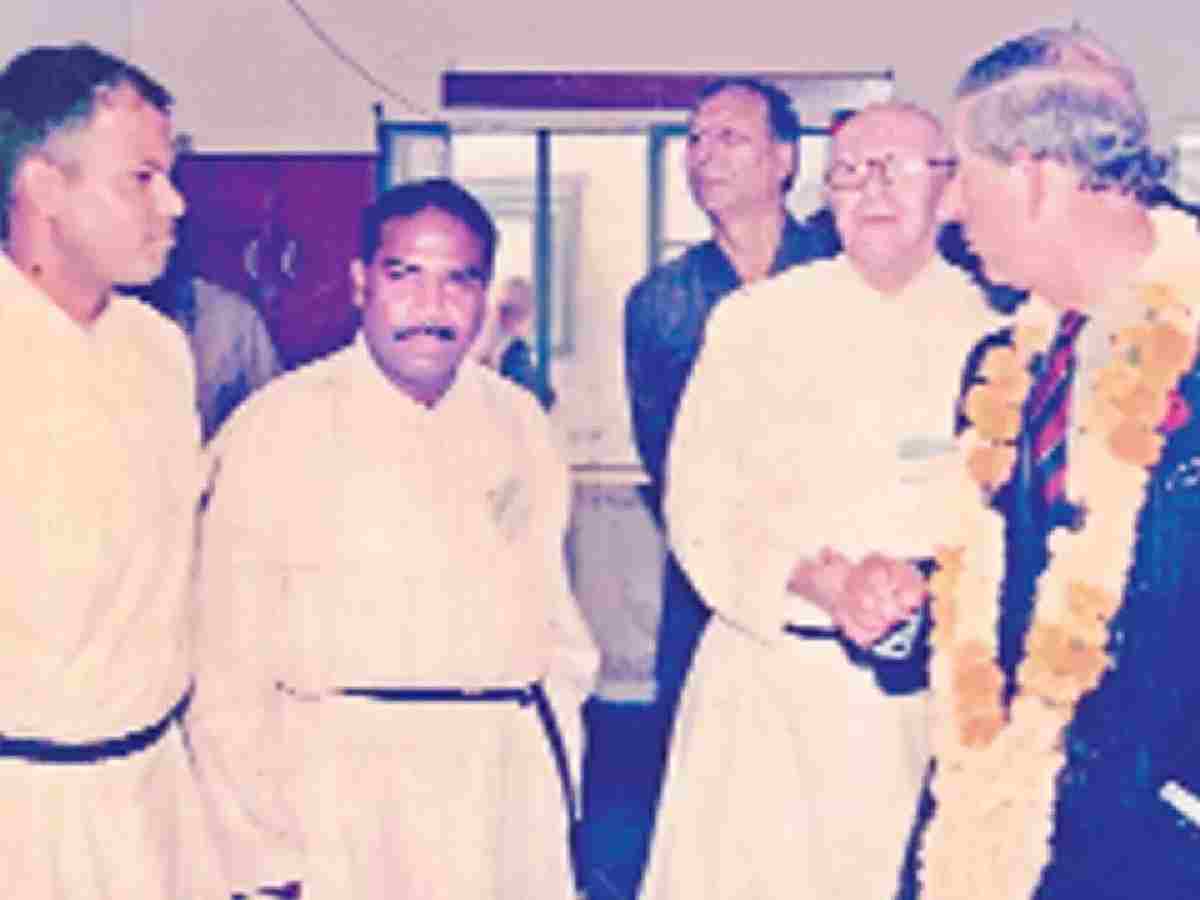
In the same year, Queen Elizabeth II visited Brotherhood House itself, meeting with the priests who live and work there.
Echoes of history
Constructed in 1925, Brotherhood House marks 100 years of existence in 2025. Brother Monodeep Daniel, originally from Lucknow, has been a resident for over three decades and previously taught English at St Stephen’s College.
“All of us here devote our time to church activities, and to the schools and institutions we run,” he explains.
One such initiative is the Deen Bandhu School in Sahibabad, which provides education to children from marginalised families in Delhi and Uttar Pradesh. The school was established in memory of Charles Freer Andrews, Gandhiji’s close friend, who was also a member of the society and once lived at Brotherhood House—then located near Fatehpur Church, before it moved to its present location.
When Brotherhood House became home to the homeless
Few people today remember that in the aftermath of Partition in 1947, Brotherhood House served as a shelter for thousands of newly arrived refugees. Many came injured or ill, having survived deadly attacks. Several women were pregnant, and emergency medical care was in short supply.
Also Read: Ushering in Good Friday, a house of humble Brothers
Doctors and nurses from St Stephen’s Hospital, Lady Hardinge Hospital, and Irwin Hospital worked tirelessly to treat the injured. Businessman Sanjay Wadhawan, whose family came to Delhi from Sheikhupura near Lahore, recalls how deeply connected they still feel to St Stephen’s Hospital, where their elders were cared for.
Film actor Manoj Kumar once told this writer that his family too arrived in Delhi in 1947 and that DBS volunteers played a crucial role in supporting them. “My younger brother was very ill at the time. The people at Brotherhood House gave us shelter and helped many others like us,” he had said.
The soul of Brotherhood House
For many in Delhi’s Christian community, no remembrance of Brotherhood House is complete without Ian Weatherall. He was its heart and soul for decades.
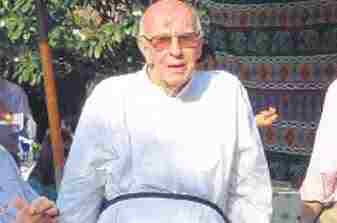
Weatherall’s relationship with India began during World War II, when he served in the British Army’s Punjab Regiment and lived in several Indian cities. After the war, disillusioned by military service, he began speaking and writing against war. “Having witnessed its horrors, he was deeply troubled,” says Brother Solomon George, a veteran DBS member.
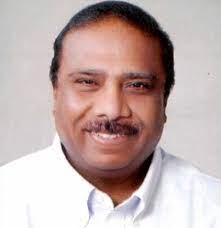
He went on to earn a degree in theology from Cambridge University and later returned to India in 1951, driven by a desire for peace and service. Despite strong anti-British sentiments at the time, he joined the Delhi Brotherhood Society and began living at Brotherhood House.
Influenced by Mahatma Gandhi’s ideals, Weatherall dedicated his life to working for the rights of the poor and marginalised. Before his death in 2013, he expressed a wish to be buried in India. He was 91 when he passed away and is buried in Nicholson Cemetery at Kashmiri Gate, where people still leave flowers at his grave.
From St Stephen’s College to Cambridge School
While spiritual work and service remain central, life at Brotherhood House also holds lighter moments—birthday celebrations, communal meals, and shared conversations.
The community’s current focus is on developing the recently established St Stephen’s Cambridge School, near the Delhi-Sonipat border, into a premier institution. Brother George notes that DBS had earlier founded St Stephen’s College on February 1, 1881, with just five students and three teachers. Affiliated then to Calcutta University, that legacy continues through the new school.
Why are they called ‘Brother’
The Brotherhood of the Ascended Christ was founded in Delhi in 1877. All priests associated with this order are referred to as ‘Brother’. A notable exception was Ian Weatherall, who was widely known as ‘Father’.
As you walk out of Brotherhood House, having spent time with those who live and work here, it becomes clear that in a rapidly changing world, there still exist quiet corners devoted to the service of others—and to keeping history alive, not in museums, but in action.

